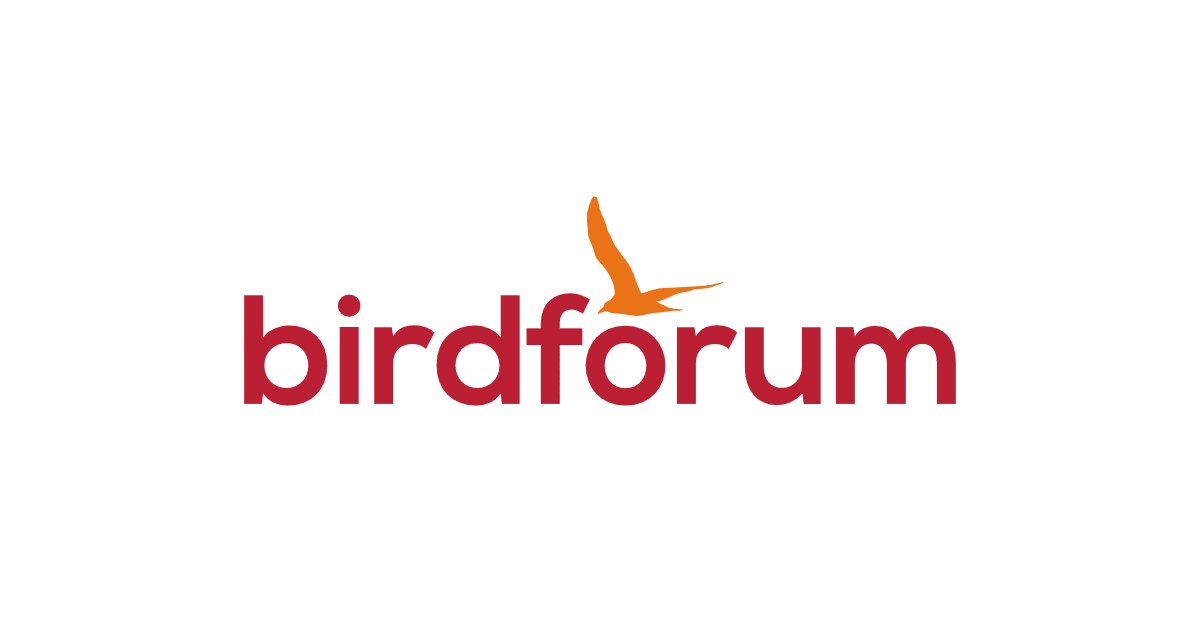I am unaware of any Fluorite prism. It's almost always in the objective group. Some Canon lenses have it further down the lens from the objective.
Fluorite is a crystal which has very low dispersion, which can reduce chromatic abberation in a well designed optic. High quality glass like FPL-53 is very close to Fluorite, but not quite as good, however it is easier to work with.
I am unaware of any binocular that has a Fluorite element, although it is possible as most binocular makers do not disclose glass types.
Kowa uses a Fluorite objective element in some spotting scope models. Currently on the 99, 880 and 550.
Canon uses it in some of its lenses, mainly super expensive super telephotos.
Takahashi uses it in many of its telescope objectives. There are also a handful of small volume high end telescope makers that use it.
There is only one manufacturer of optical Fluorite in the world. Considering it's harder to grind, polish and coat, and that glass like FPL-53 can almost match it, it isn't used widely. Mostly in very high end optics larger than binoculars.
Some binocular marketing literature, and uninformed binocular users, interchange fluorite with fluoride. Fluorite is a crystal that is essentially the highest performing optical glass. Fluoride is any one of a number of compounds that contain Fluorine, which is also used in coatings and in the melt of some optical glass.
















